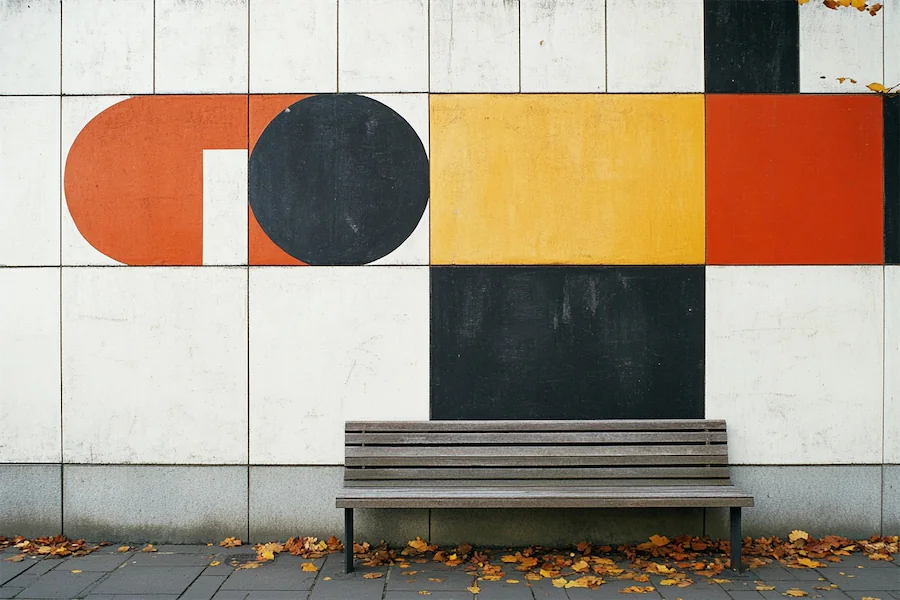The Bauhaus movement, originating in early 20th-century Germany, has significantly influenced modern design and architecture. Central to this influence is the distinctive approach to wall design, which emphasizes functionality, simplicity, and the integration of art and technology.
History and Origins of Bauhaus Wall Design
Established in 1919 by architect Walter Gropius, the Bauhaus school aimed to unify art, craft, and industry. This philosophy extended to wall design, where traditional decorative elements were replaced with functional and minimalist aesthetics. The school’s workshops included specialized training in wall painting, reflecting the importance of wall treatments in Bauhaus design.
Key Features of Bauhaus Wall Design
- Geometric Forms: Walls often feature simple geometric shapes such as circles, squares, and triangles, creating a harmonious and balanced visual effect.
- Primary Colors: The use of bold primary colors—red, yellow, and blue—adds vibrancy and contrast to wall designs, aligning with the movement’s emphasis on clarity and simplicity.
- Functional Materials: Materials like glass and steel are utilized in their natural states, promoting transparency and structural honesty. For instance, glass curtain walls became a hallmark of Bauhaus architecture, allowing for open and light-filled spaces.
- Minimal Ornamentation: True to the “less is more” philosophy, Bauhaus wall designs avoid unnecessary decoration, focusing instead on clean lines and functional elements.
Applications of Bauhaus Wall Design
- Residential Spaces: Incorporating geometric wall art or wallpaper can introduce Bauhaus aesthetics into homes, creating focal points that reflect the movement’s principles.
- Commercial Buildings: Utilizing glass curtain walls not only enhances natural lighting but also embodies the Bauhaus commitment to integrating form and function.
Considerations When Choosing Bauhaus Wall Design
- Space and Light: Assess the natural light available, as Bauhaus designs often rely on open spaces and transparency to achieve their characteristic openness.
- Material Selection: Opt for materials that can be showcased in their natural form, such as exposed steel or unadorned glass, to maintain authenticity in design.
- Color Balance: While primary colors are central to Bauhaus design, they should be used thoughtfully to avoid overwhelming the space.
Conclusion
Bauhaus wall design remains a timeless approach that blends functionality with aesthetic simplicity. By focusing on geometric forms, primary colors, and honest use of materials, it continues to inspire modern interiors that are both practical and visually engaging.
